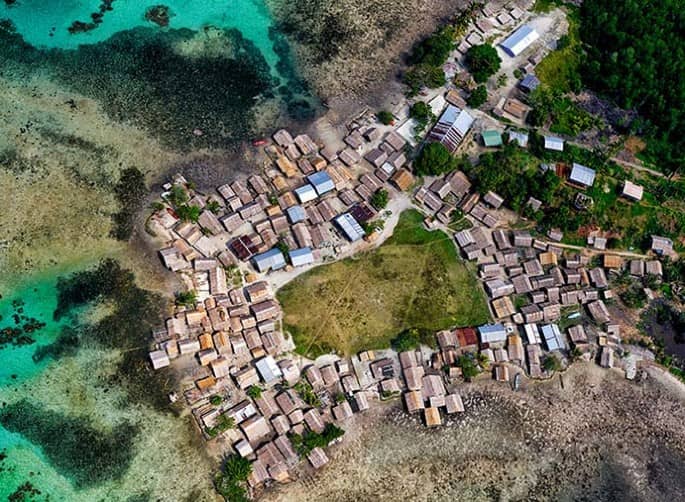
The planned relocation of entire communities to less hazard-exposed destinations is an increasingly salient climate change adaptation strategy but often results in maladaptive livelihood outcomes. There needs to be understanding of how planning decisions affect outcomes—relocated people’s access to sustainable livelihoods, including physical, economic, natural, human, social and cultural assets. Here, drawing on data from 14 completed flood-related relocation cases, we use fuzzy-set qualitative comparative analysis and find that planning decisions, alone and taken together, contributed to sustainable livelihood outcomes. Relocation processes initiated and driven by community members had better outcomes than government-driven processes, adding a global comparative perspective to prior findings. Speed and transfer dynamics were also critical, with different implications for small and large communities. As a result, multiple pathways of planning decisions can lead to better outcomes, highlighting potential entry points for policy to promote more sustainable and people-centred planned relocation.









